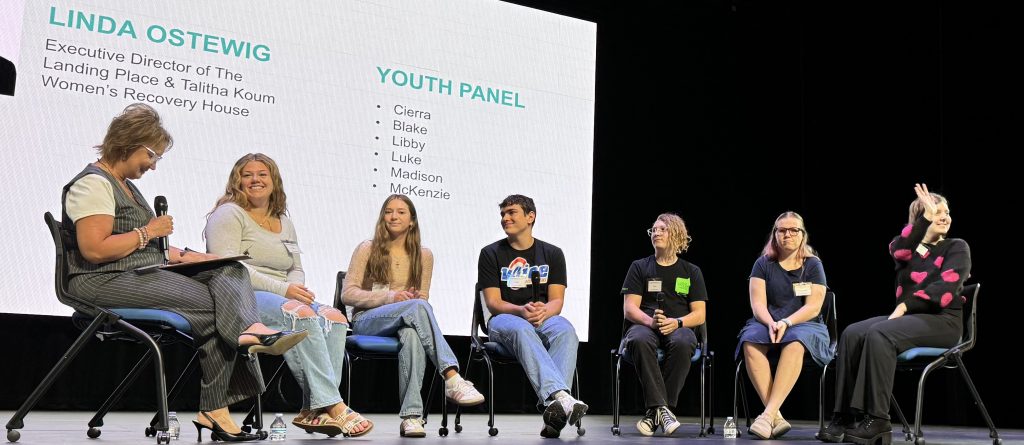
Knowing they have champions in their corner who will listen and care, a group of Hancock County teens bravely shared their journeys of mental health with 300 people last week.
It’s a message Greenfield-Central school leaders were grateful to hear, since they’ve taken a concerted effort in recent years to provide a welcoming atmosphere that students feel respected and supported.
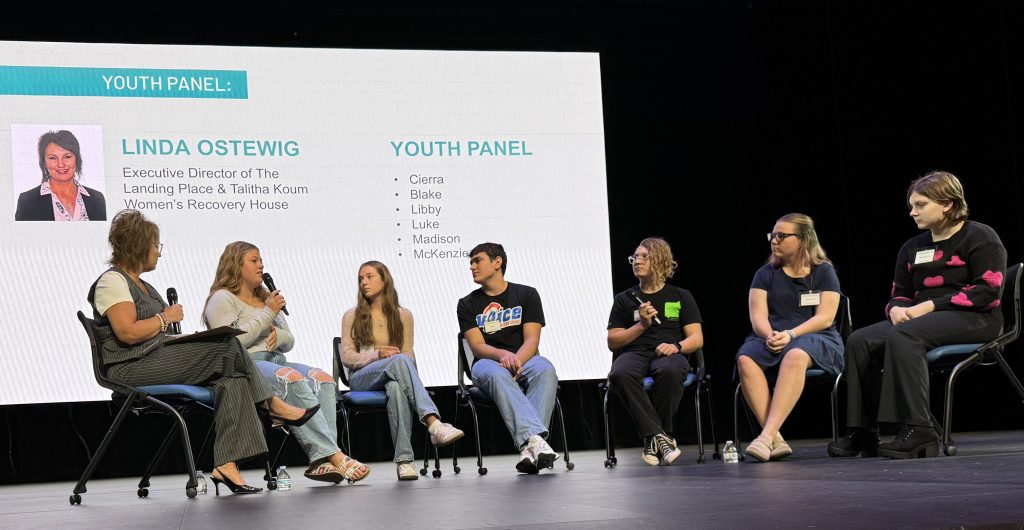
The panel of teens was part of a special mental health summit at Greenfield-Central High School Sept. 9.
“Looking through the Lens of Lived Experiences” was a free event hosted by Hancock Health that brought together school staff, healthcare workers, faith leaders, elected officials and more to hear real stories and raw truths about mental health.
Greenfield-Central juniors McKenzie McDaniel and Cierra Watts joined four teens from the other Hancock County high schools. They bravely answered questions about how they have felt supported at school, or how the adults in their life can do a better job at being there for them.
From social media to bullying to facing the stress of deciding what to do after high school, the teens said they were grateful for those who have helped them along the way.
“Trying to be that support for someone is so important when they’re at their lowest point,” McKenzie shared. “You do not have to understand, but just offering that support makes all the difference.”

“Being there” is a message local school officials have been emphasizing in recent years. GC school officials have been training teachers on Trust-Based Relational Intervention since 2022. Promoting healing and connection for children who have experienced adversity, TBRI encourages compassion.
“Every student who enters our schools needs to know that they have advocates who will listen to them and support them,” said GC Superintendent Dr. Harold Olin. “Hearing the students on the panel was encouraging to me, because each of them felt as though they had champions for them in their school.”
The keynote speaker at last week’s event was Amy Abell with HopeAlight LLC, who started training elementary teachers at GC with the 2022-2023 school year. The subsequent year, additional buildings were added. Now, all GC staff pre-kindergarten through grade eight has been trained in TBRI.
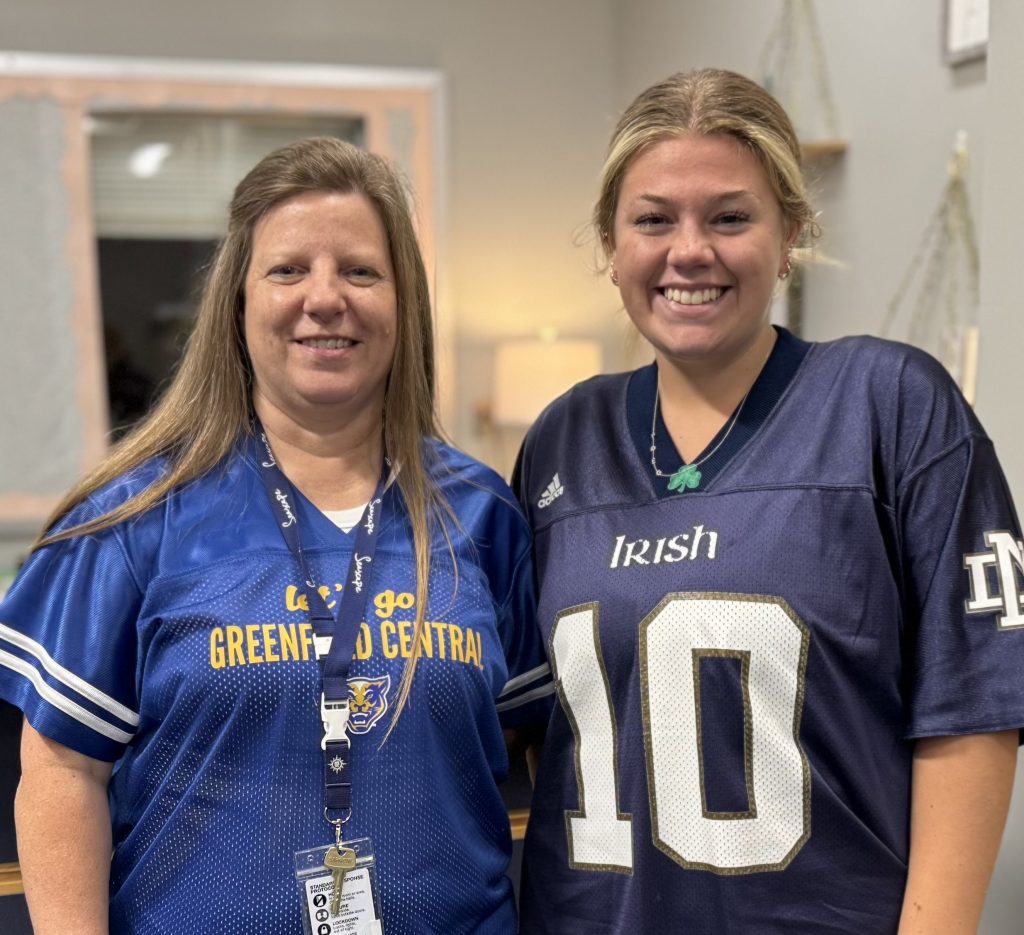
And while it hasn’t been officially implemented at the high school yet, last week many GCHS teachers voluntarily joined in the conversation to learn more about TBRI and how to support student mental health. Since it was a community-wide initiative, teachers had the option of attending during their professional development day while students were at home for the first e-learning day of the school year.
“I am not surprised at all by the support that our high school teachers demonstrated on Tuesday,” Olin said. “Many of them wanted to be there to support some of our students who were on the panel that presented. Other teachers were there because they have an authentic interest in learning more about ways they can support our students.”
Sarah Graham, director of counseling at the high school, said she was thrilled with the turnout and appreciates the TBRI approach for local students and staff.
“They come into the school feeling safe and supported and valued,” she said. “It creates a culture where it’s ok to ask for help.”
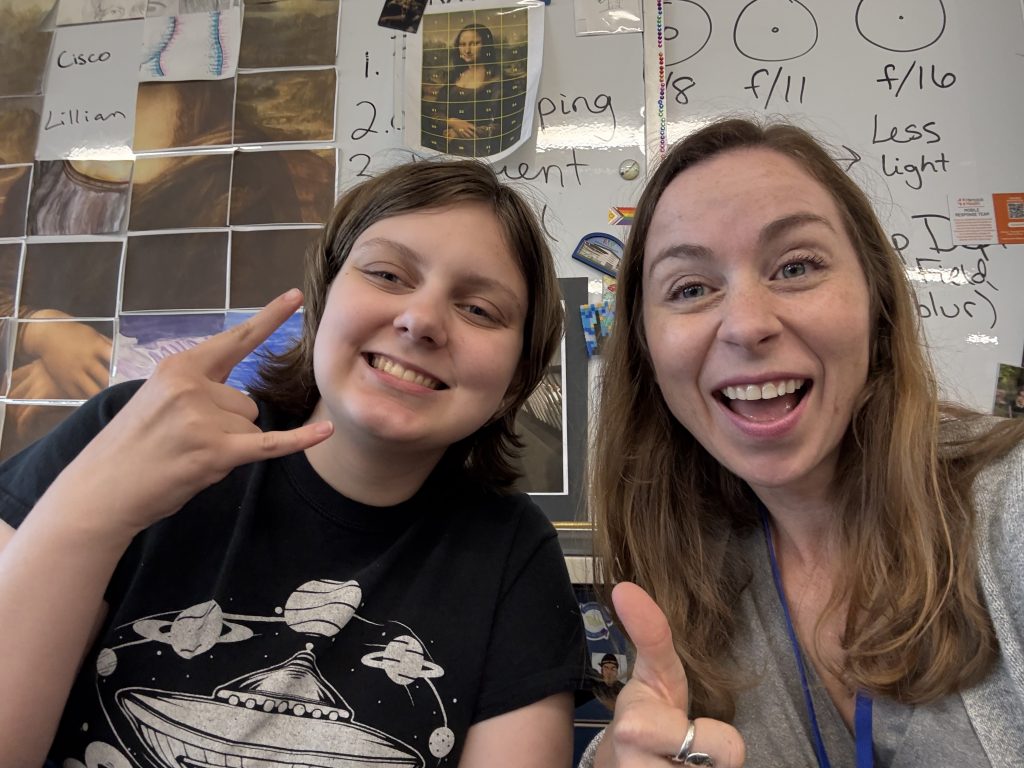
The TBRI approach provides tangible and meaningful improvements to how teachers are connecting with students.
At the elementary level, social worker Terry Miller says classrooms have regulation corners, where a student who may be overstimulated or acting out can calm down. Elementary schools also have entire classrooms available for students who need more movement through sensory toys or even a dark, peaceful atmosphere.
Teachers also embrace a “nurture circle” approach, where children gather in their classroom daily to answer a question and find community with their classmates about how they’re feeling.
Common phrases with TBRI include “With respect,” “Stick together,” and “No hurts.”
Children may be asked “what color is your engine?” to communicate how they’re feeling. Red means they’re angry or overstimulated; blue means they’re sad or not feeling well; green means they’re focused and ready to learn.
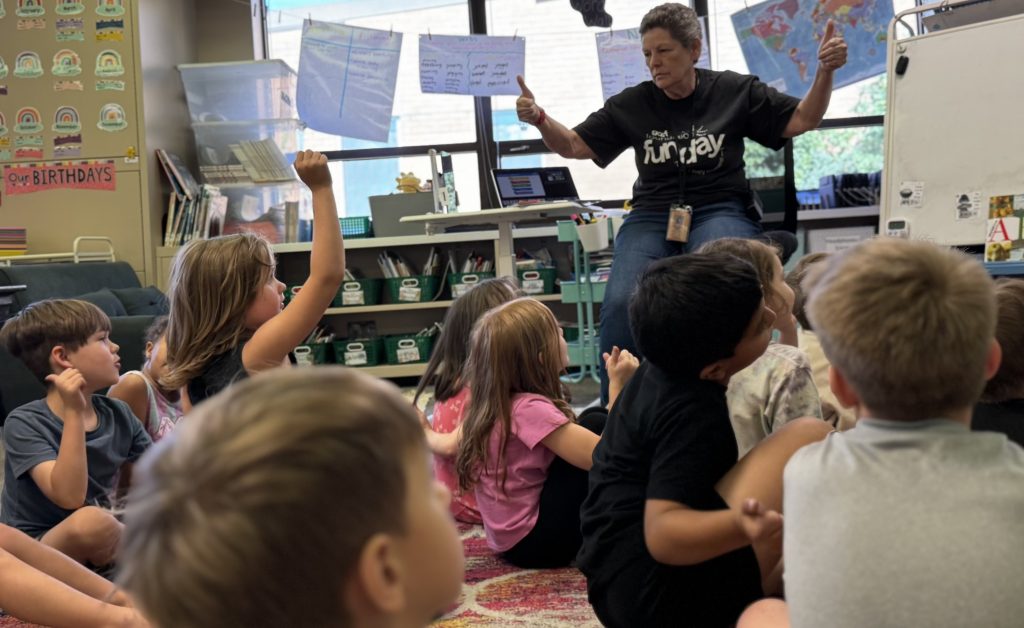
“We all go through different emotions throughout the day and those emotions impact our feelings, how we act and what we say,” Miller explained. “If I’m in the blue zone, I can figure out how I can get back to the green. What do I need to do? Get a drink of water or a snack or whatever.”
Relationships are key to the program, Miller added. Students need to feel like they’re safe at school and they can trust the adults they’re with.
“Kids are emotionally in a better place,” Miller said of the positive changes she’s seen since using TBRI. “Of course, we still have students who come from traumatic backgrounds, but most of them, I would say, are more emotionally calm. Or if they have a difficulty or a struggle, they’re able to re-regulate their emotions much quicker because they’ve been given the tools to do that.”
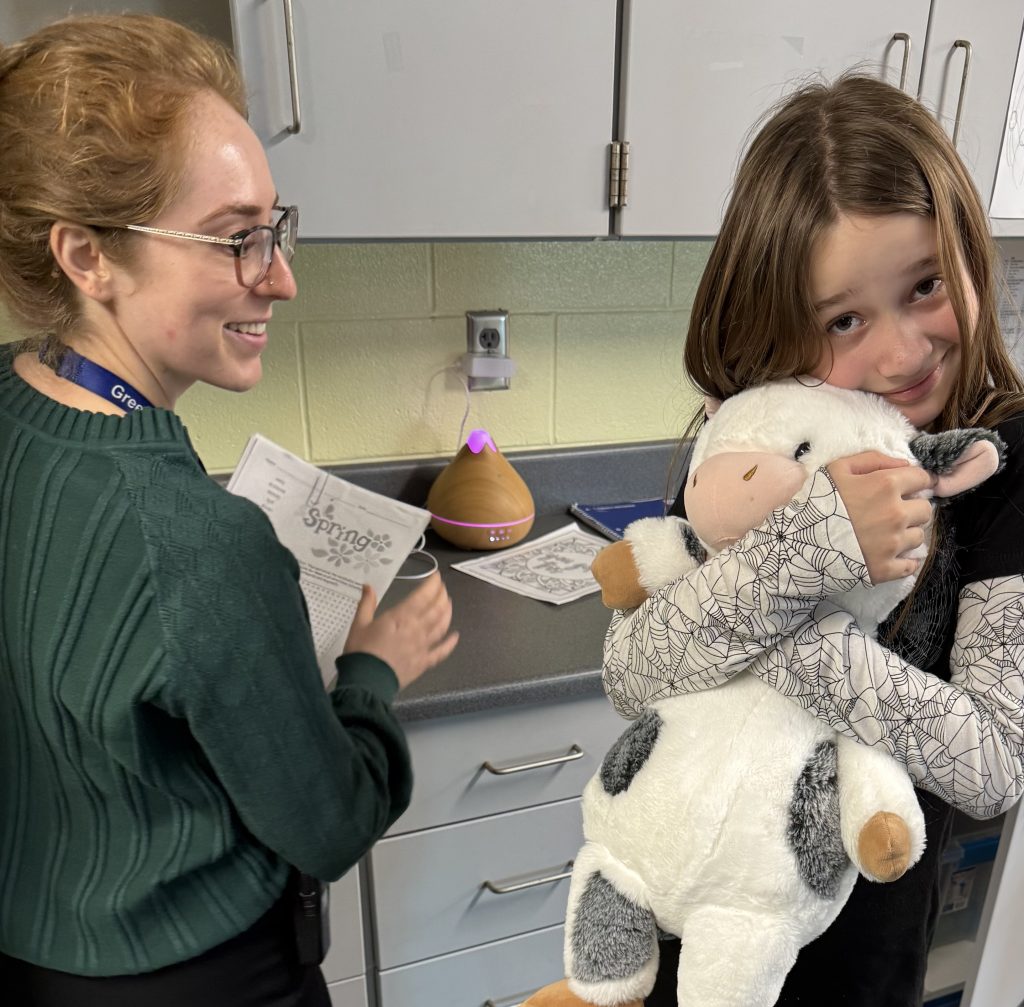
Robin LeClaire, GC director of student services, said she’s been extremely happy with how GC teachers have implemented TBRI. In order to meet academic needs of reading and math, she said, children first need to have their basic needs met– food, shelter and safety.
“If those aren’t met, their mindsets are at a crisis,” LeClaire said.
She was grateful to see so many from the community come together at last week’s mental health summit. She believes all Hancock County schools are leaders in mental health awareness.
The event also included an adult panel and informational tables about counseling services, recovery programs and healthcare agencies.
Olin said last week’s summit was very well received by leaders in the community, and he heard nothing but positive feedback afterward.
“It was wonderful to see this level of commitment from our community leaders to be present for the event,” Olin said, adding that it was great to hear the message of TBRI shared across the entire auditorium. “TBRI has been a wonderful program for all Hancock County schools. It has benefited both our students and our staff. I have no hesitation in stating that we are better equipped to support the holistic needs of our students because of our participation in the program.”
By Maribeth Vaughn
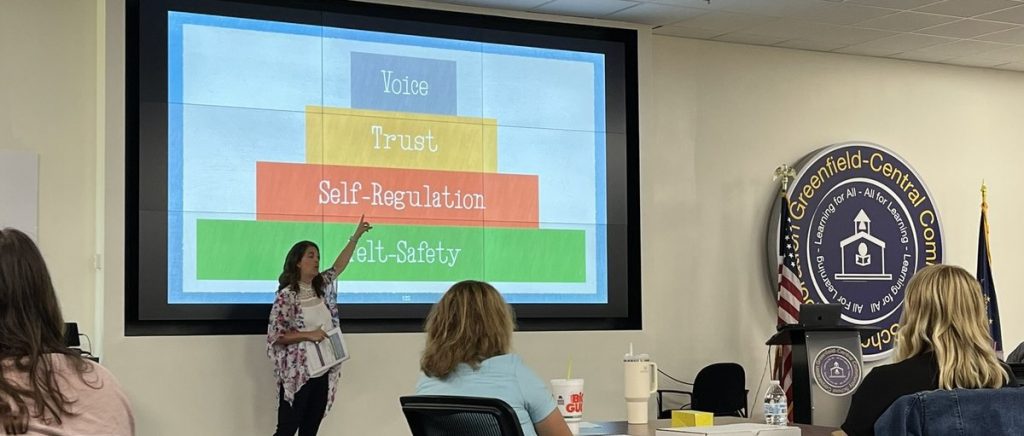
(Pictured Amy Abel leading GC staff training in summer of 2023) Dr. Olin said, “TBRI has been a wonderful program for all Hancock County schools. It has benefited both our students and our staff. I have no hesitation in stating that we are better equipped to support the holistic needs of our students because of our participation in the program.”
